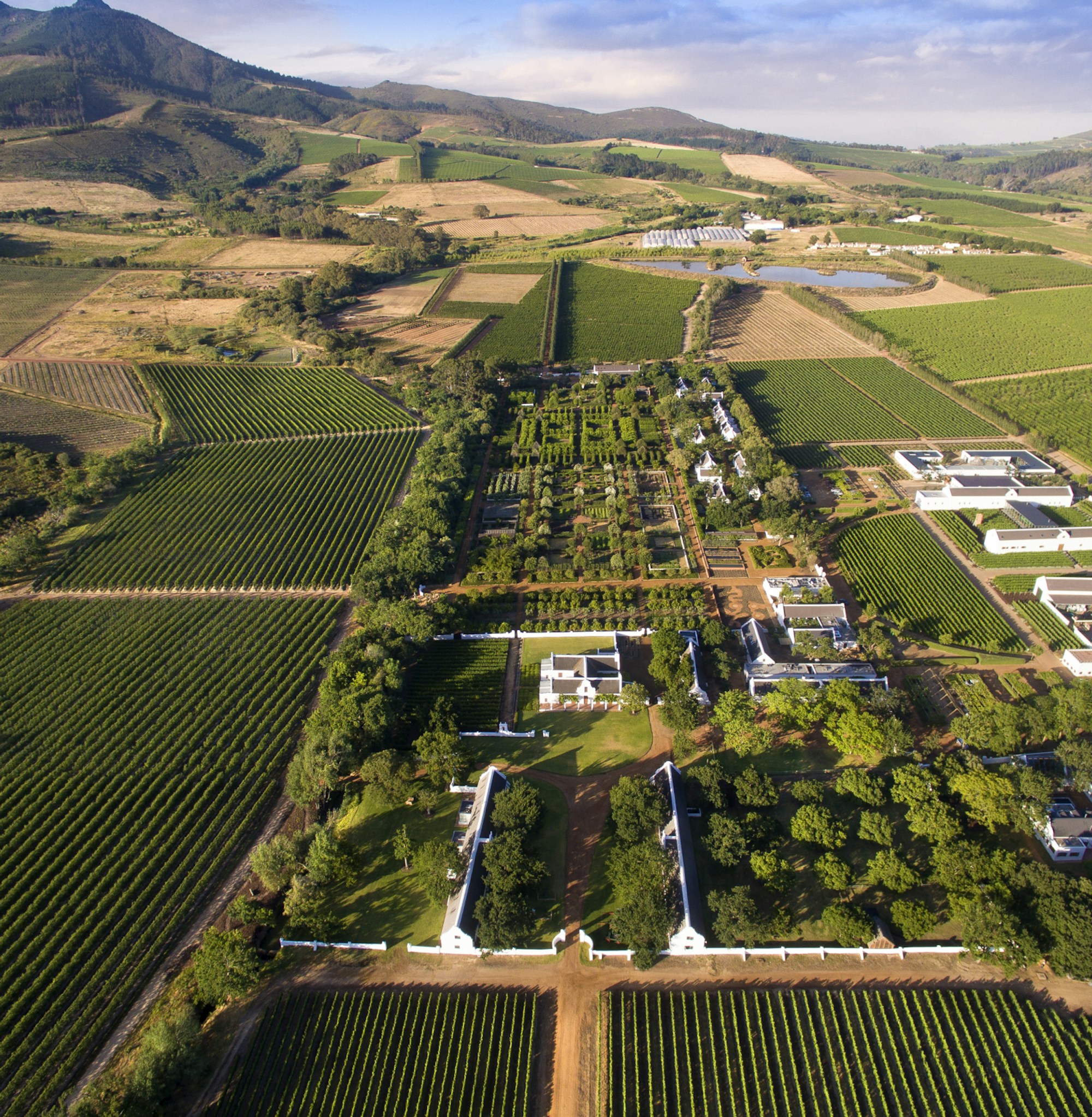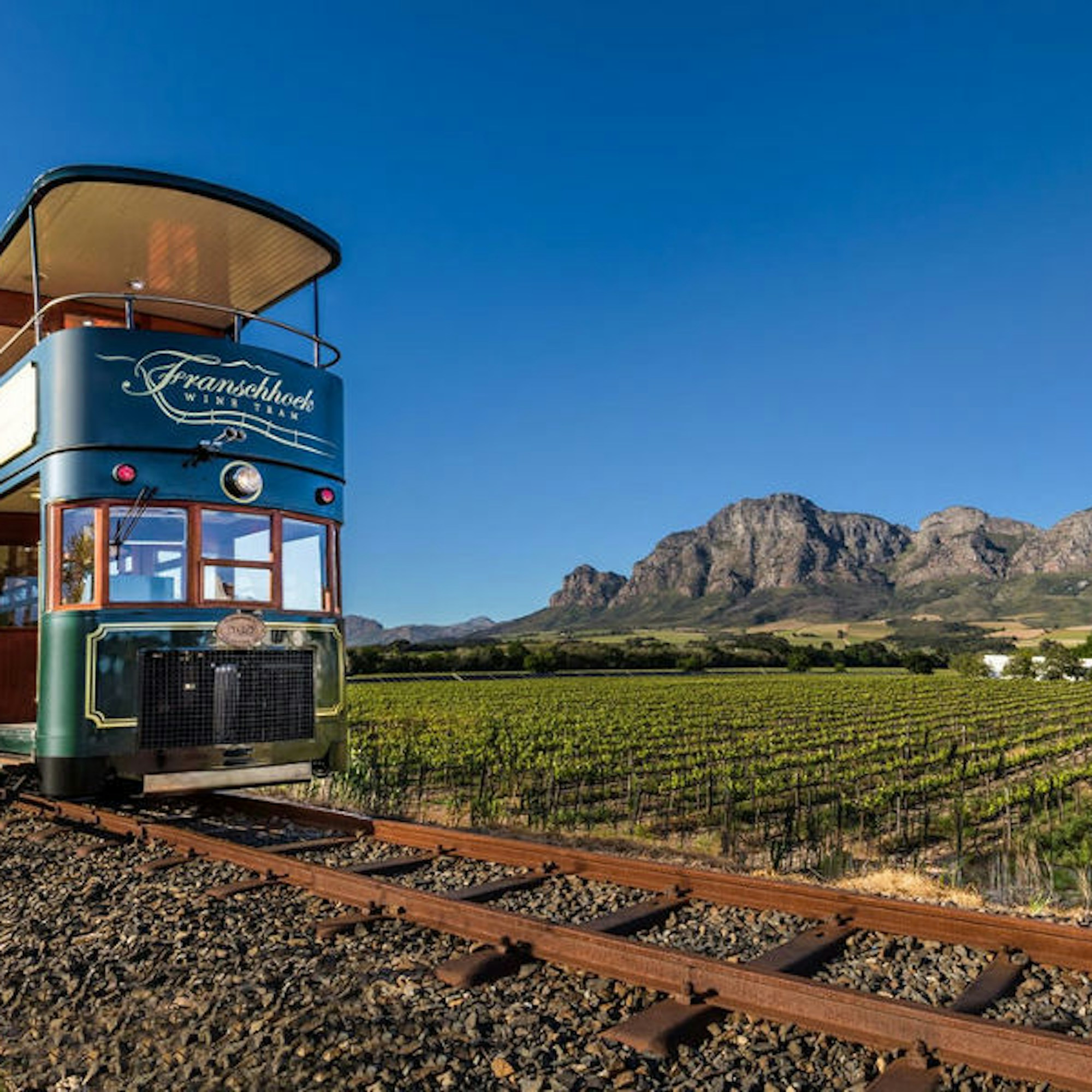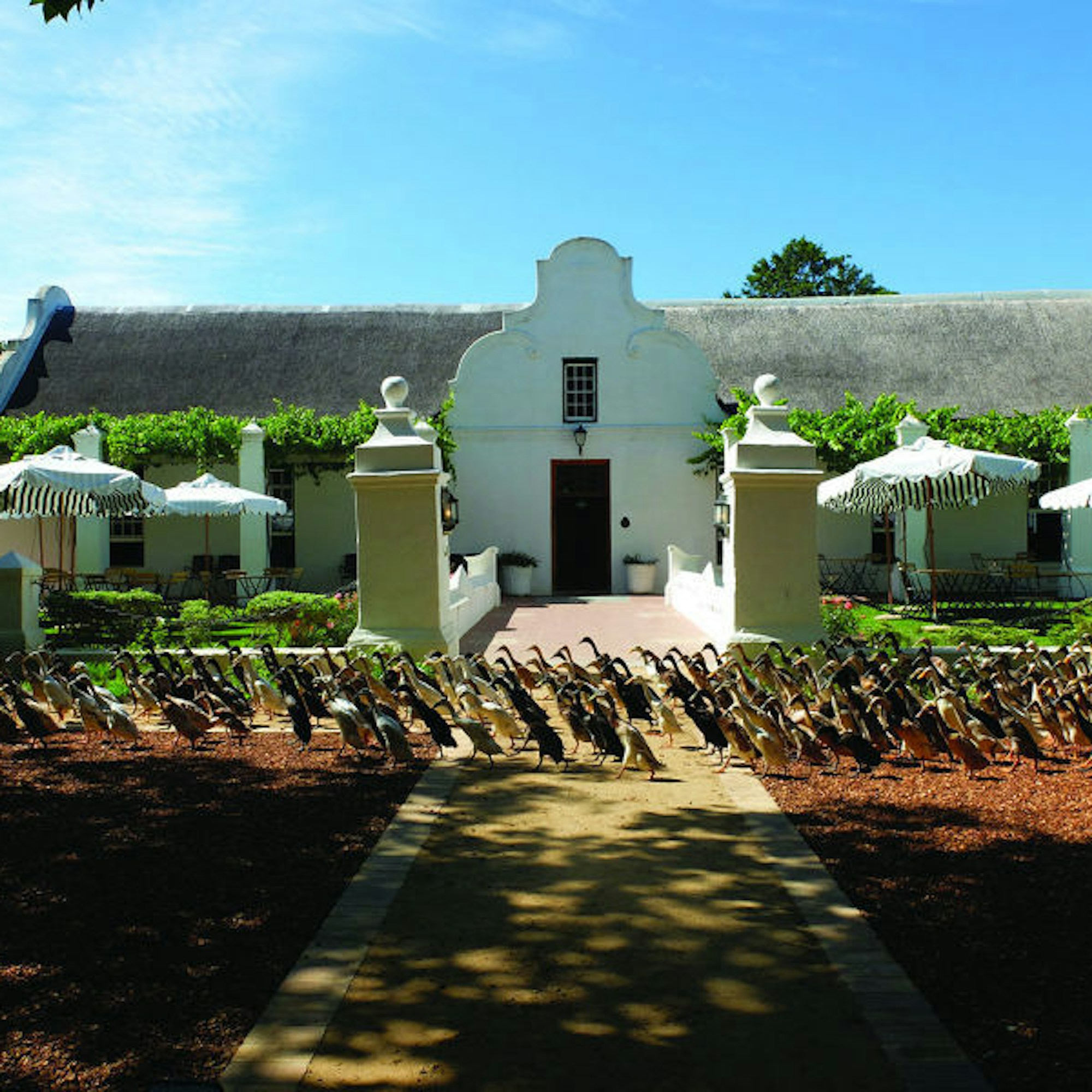The Cape Winelands region is overflowing with award-winning vintages and home to a number of world class vineyards.
Towns such as Stellenbosch, Franschhoek, Paarl, Wellington and Robertson are now iconic in terms of the wine they produce and together they produce wine that is as diverse as it is bountiful.
Huguenot Memorial Museum | Franschhoek
Probably one of the most prominent features of Franschhoek is the Huguenot Monument. It’s impossible to miss, located at the end of the Main Road. Stop by to learn all about French Huguenots, their ways of life and their reasons for settling in this valley at the Huguenot Memorial Museum. There is an entry fee to the museum and monument.
Franschhoek Motor Museum
While known for its food and wine offerings, another must-see when visiting the Franschhoek Valley is the Franschhoek Motor Museum. Offering visitors' a unique opportunity to look back at more than 100 years of motoring history, the museum has an incredible and exciting collection of vehicles, motorcycles, bicycles, and memorabilia.
Franschhoek Wine Tram
The tracks upon which the Franschhoek Wine Tram now runs, were originally built in 1904 to serve as an alternative to ox-drawn carts for farmers wanting to get their produce to market.
For many years, steam locomotives operated along the route until diesel locomotives took over in the 1970s, and then, in the 1990s, as the need for rail transport decreased, service along the railway line diminished. The railway line remained dormant until it was revived and returned to full-time service in 2012 as the Franschhoek Wine Tram.
Kayamandi Walking Tour | Stellenbosch
A walking tour of Kayamandi – which means “sweet home” in Xhosa – is part of Stellenbosch’s Route 360 cultural tourism initiative. Tours run Monday to Saturday, from 10am till 1pm, starting at Stellenbosch 360’s head office in town, from where you will walk to the taxi rank to catch a ride in a taxi to the township. Considered the second oldest township in the country, Kayamandi is a place of great contrast, and the tour will illustrate this as you walk through the paved streets and brick houses, to the narrow alleys between the shacks.
For more information: ann@stellenbosch360.co.za
Rupert Museum | Stellenbosch
The Rupert Museum showcases the unique private art collection started in the 1940s by the late Anton and Huberte Rupert, collected from 1940 to 2006.
Op-Die-Berg Horse and Carriage rides | Ceres
Take-in the beauty of the Cederberg mountains with a guided horse trails or carriage rides through the Koue Bokkeveld valley.
Transport Riders’ Museum | Ceres
The name “Togryers Museum” or Transport Riders’ Museum originated from the huge influence that the transport riders had on the development of Ceres. The completion of Michell’s Pass in 1848 made the town accessible to wagons, and one of the main routes to the diamond fields went through Ceres. Learn more about the natural history of Ceres, its first inhabitants and their lifestyle, as well as the establishment of the town.
Robertson Museum
A small, cosy museum offering visitors a good insight into town life over the last century. It’s also said to house one of the biggest collections of lace.
Robertson Museum - Facebook Page
Worcester Museum at Kleinplasie
The Worcester Museum is a cultural history museum with a strong focus on agriculture. The collections emphasise the Cape colonial history with agricultural implements, wagons, furniture, glass, ceramics, textiles, and metal. Live demonstrations depict activities of a bygone era such as the baking of bread in an outdoor brick oven and the forging of metal by a blacksmith - the only living display museum, depicting early agricultural practices between the early 1800's and mid -1940's. Booking is essential.
HERITAGE TRAILS AND TOURS
PAARL is the third oldest settlement in South Africa, first established as a farming community in 1687 when 20 farmers were given land along the Berg River. The trail is a walking tour that takes you along one of the best-preserved streets in South Africa, with the rich legacy of notable architects, while the heritage tour highlights the non-wine side of history.
WELLINGTON was founded in 1840 and was named after the Duke of Wellington. Many thousands of years ago, the valley was inhabited by indigenous people, the San and Khoi-Khoi and relics of their implements are still found in the area.
A new era broke in 1871 with the arrival of the Reverend Dr Andrew Murray. Dr Andrew Murray was the inspiration behind the building of the Huguenot Seminary, and establishment for the Christian Education of girls and young ladies. Wellington became known as the birthplace of education for ladies in South Africa.
TULBAGH is the fourth oldest town in South Africa (after Cape Town, Stellenbosch and Swellendam) dating back to the early 1700s. Boasting no less than five museums detailing its rich history, Tulbagh is also an attraction for those who wish to trace their ancestry buried in the graveyard of De Oudekerk (museum church) - which is in the original form that it was first built.
DWARSRIVIER holds a history of freedom and a strong architectural heritage. The first liberated slaves settled here in 1843; Nelson Mandela was released from prison not far from Pniel
MONTAGU / ASHTON is located near the Robertson Wine Valley and not far from the Breede River Valley. You might want to take some time to explore its famous Hot Springs during a perfect wellness retreat, but the area is also famous for Kogmanskloof with its amazing geological folds, faults, and a British fort from 1899.

Cape Cycle Routes

Harvest Celebrations taking place in 2025























